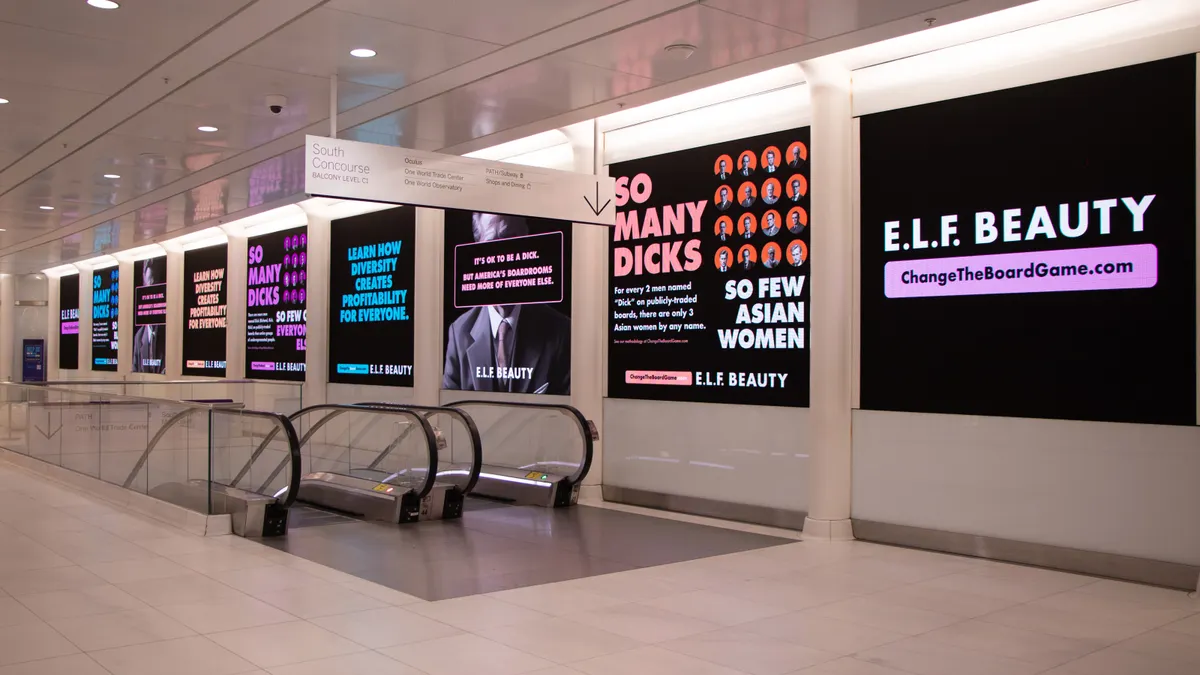Brief:
- Snapchat, the image-messaging service with 166 million users, may help marketers interact with consumers by showing them how products look in the real world before buying them. Fintan Gillespie, head of e-commerce and streaming at Snapchat, said augmented reality (AR) is becoming a key part of product demonstration through offerings like World Lenses, The Drum reported.
- Snapchat rolled out World Lenses in April, expanding the platform's AR capabilities beyond selfies and letting users overlay AR effects onto the world around them. Gillespie called out the incredibly popular dancing hot dog digital avatar, which The Drum said has inspired hundreds of memes, as an example of how brands could leverage AR to bridge real-world and virtual experiences, adding that the technology could essentially serve as demos consumers can try before they buy products.
- Warner Bros. was one of the first brands to take advantage of the World Lenses capabilities with a sponsorship for the feature film "Everything, Everything." Snapchat this month worked with HBO to deploy a mixed reality lens for the premiere of the seventh season of "Game of Thrones." The lens gave users the chance to transform themselves into one of the show’s White Walker ice-zombie characters.
Insight:
The novelty of Snapchat seems to be wearing thin as its user growth stalls out and the company promotes AR features that other companies are also adopting. The company's World Lenses would become more compelling if they reached a broader audience and had a strong use case for retailers and other businesses with a physical presence that could be bolstered by digital integrations. Still, the company is boasting about success stories. Gillespie said Vodafone UK's Christmas-themed filter had 17 million views in one day, while its branded Mother's Day Lens in the UK reached 15 million people, per The Drum.
However, some advertisers are seeing a lower return on investment on Snapchat than on rival platforms, according to a report last week from Morgan Stanley, the investment bank that led Snap's initial public offering. The ROI limitation prevents advertisers from boosting their budgets on the platform. Snapchat is still trying to move beyond gaining experimental ad buys from brands into larger ad allocations and grab business away from competitors.
Snap faces looming threats from apps and platforms with far bigger audiences. Snap has an estimated 166 million users, compared with Facebook's 2 billion and Instagram's 700 million. Facebook and Instagram, which Facebook owns, have copied features of Snapchat quickly. Those include Snapchat's Stories feature and the sponsored AR lenses that make up 50% of Snap’s revenue. Instagram has also offered free lenses to advertisers in a bid to put an even greater squeeze on its rival, Morgan Stanley said.







